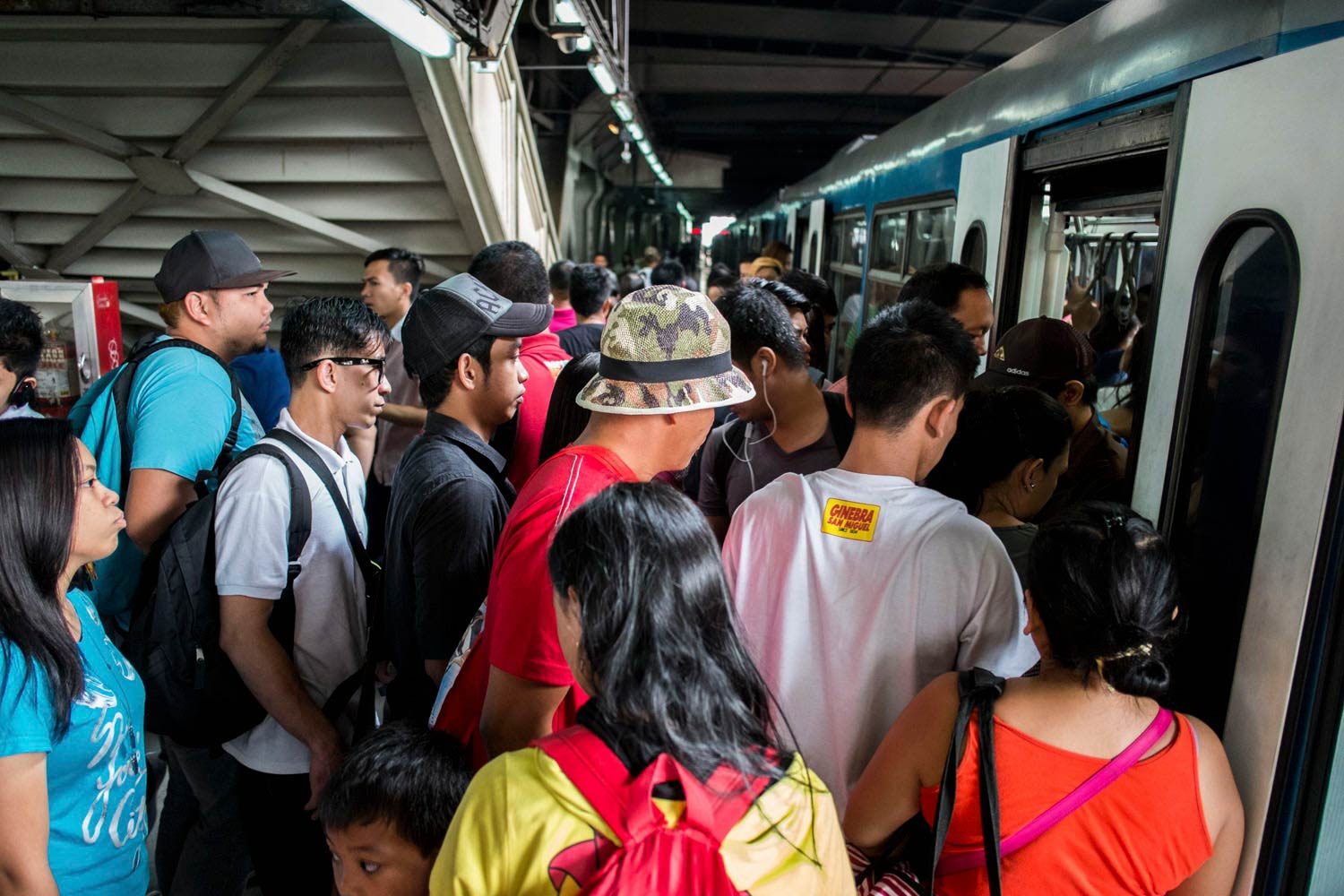SUMMARY
This is AI generated summarization, which may have errors. For context, always refer to the full article.

MANILA, Philippines – With a P43.5 billion budget request for 2016, what should we expect from the Department of Transportation and Communication (DOTC)?
On July 28, the Department of Budget and Management submitted to the House of Representatives the largest budget in Philippine history, amounting to a 15.2% increase from the 2015 budget of P2.6 billion ($57 billion).
DOTC ranked 8th in the list of departments with the highest proposed budget allocation for 2016.
Budget requests
Based on the DOTC’s proposed budget, it plans to spend some P15.7 billion to address the problems plaguing not just the MRT, but the Philippine National Railways (PNR) and the LRT, as well.
DOTC is asking Congress to appropriate P7.09 billion in MRT-related expenses broken down as follows: P1.96 billion for operation and maintenance; P1.5 billion for rehabilitation and capacity expansion; and P3.63 billion as subsidy for “mass transport.”
The latter would cover deficiencies in “settling prior and current years’ obligations for equity rental, maintenance fees and others obligations” in case “farebox revenues” are insufficient to cover those.
The government is also asking P1.32 billion in operating subsidy for the PNR for 2016.
Another budgetary subsidy – to the tune of P1.42 billion – is being set aside for the Light Rail Transportation Authority (LRTA), with the promise that the agency will field one train every 3 to 4 minutes during peak hours in its Roosevelt-Baclaran Line 1 and one every 5 to 6 minutes in its Pasig-Recto Line.
The amount requested for LRTA is on top of the P6.75 billion “construction budget” the DOTC is requesting for various LRT extension projects, such as P1.62 billion for the LRT Line 1 Cavite Extension Project and P2.9 billion for the LRT Line 2 Extension Project.
What does that mean?
For Sen. Chiz Escudero, since almost 41% of the agency’s proposed spending plan is earmarked for the rail sector, the budget should allow the department to solve the country’s perennial public transportation woes, specifically by fielding more trains, ending long queues at MRT stations, and starting the long-delayed line extension projects.
It is only right to attach “measurable performance” to every peso that the DOTC is asking in taxpayers’ money to subsidize the rail operations, the senator added.
“The DOTC says it will speed up transfer time in stations from 10 minutes this year to 5 minutes next year. Ang una ngang dapat itanong 10 minutes nga lang ba ang waiting time sa MRT ngayon?” Escudero said. (What we should ask first is, “do MRT commuters only wait 10 minutes in stations?”)
The DOTC also vowed that overloading in MRT trains would go down to 157%, from the current 171%. “Is this decrease in load factor doable or drawing lang? Ilang bagong train ba ang parating para masabi natin na maiibsan na ang siksikan?“ the senator added. (How many trains are needed to solve the country’s railway capacity problem?)
“[D]apat itong mga pangakong ito ilagay sa tarpaulin sa bawat istasyon. Because these promises are not just made to Congress but to taxpayers who, by their payments, fund the national budget,” Escudero said. (These promises should be posted on each station) – With reports from Raisa Serafica/Rappler.com
Add a comment
How does this make you feel?
There are no comments yet. Add your comment to start the conversation.